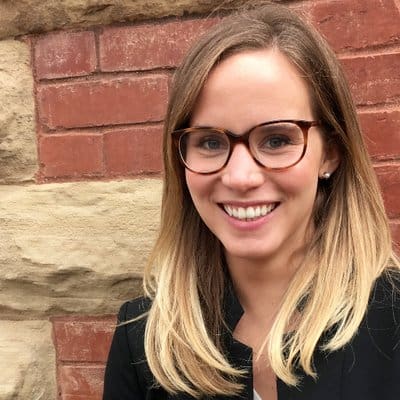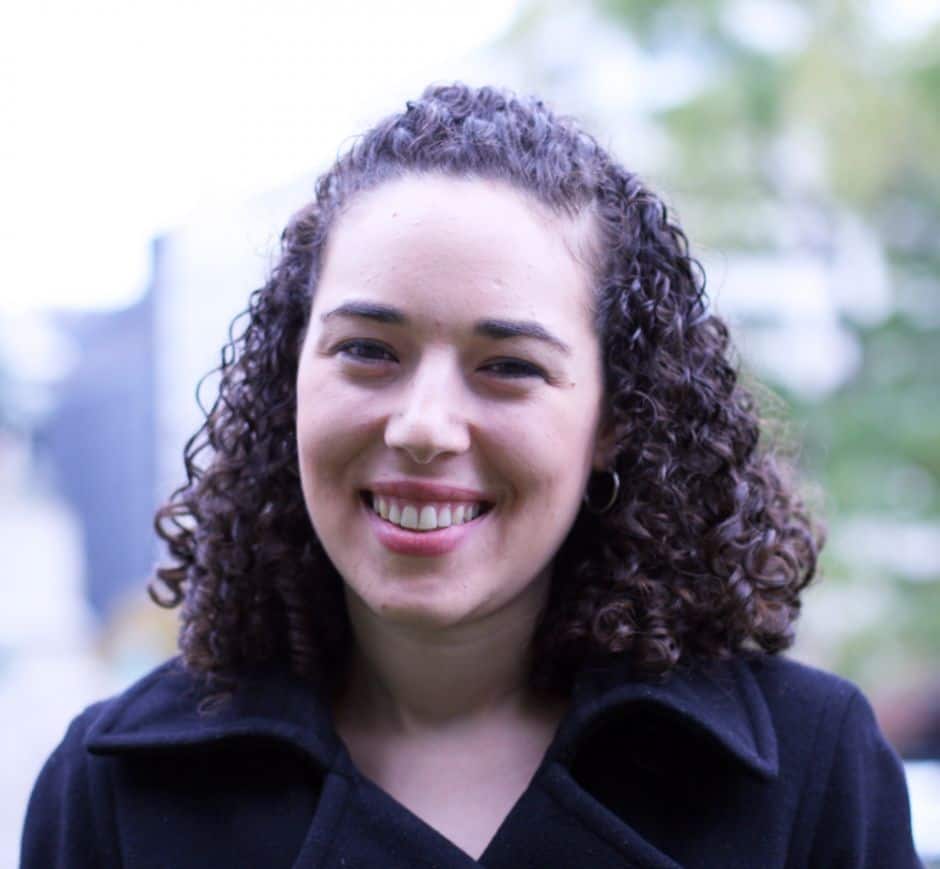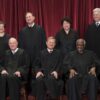This story was co-published with TIME.
Introduction
Before inspiring celebration, debate and dictionary searches last week, the majority of the U.S. Supreme Court managed to squeeze in some globetrotting — on someone else’s dime.
Six of the court’s nine members received paid trips to Europe in 2014, including to Berlin, London and Zurich, as reported on the justices’ annual financial disclosure reports released Thursday. The excursions are just some of the many perks that come with having the final word on the nation’s laws.
The reports — which detail the stock holdings, travel, spousal income, gifts and debts of the nine Supreme Court justices — show the many ways that the judges can pad their finances beyond their judicial salary. Associate Supreme Court justices earn a salary of $244,400, while the chief justice earns $255,500, according to the Federal Judicial Center. The judges hold significant investments that have helped turn most of them into millionaires.
The justices do not have to disclose the costs of their reimbursed travels, which included a three-week multi-stop trip that Justice Anthony Kennedy took to Salzburg, Austria, San Francisco and Aspen, Colorado, last July, paid for by the Aspen Institute and the University of the Pacific. New York University also paid for Sonia Sotomayor and Ruth Bader Ginsburg to travel to Florence, Italy. Chief Justice John Roberts taught a class on the history of the Supreme Court to students of the New England School of Law in London.
All of the justices received at least some free travel, even if not international.
Teaching and giving one-off lectures was a common side venture for the justices, seven of whom reported income from universities. Kennedy was an adjunct professor at the University of the Pacific’s McGeorge School of Law, Justice Samuel Alito taught at Duke University Law School and Justice Elena Kagan was a visiting professor at Harvard Law School.
Justices Antonin Scalia and Stephen Breyer both reported income from book royalties, though Scalia’s books seem to be selling far better, earning more than $33,000 in 2014, compared with the $7,000 Breyer reported. However, Scalia’s books did not sell as well as they did the year before, when he reported nearly $77,000 in royalties.
Besides their side gigs as teachers and book authors, six of the nine justices were also landlords. For example, Scalia’s property in Charlottesville, Virginia, netted him at least $5,000 a year in rent, while Breyer’s property on the island of Nevis in the West Indies earned less than $1,000 a year in rent. Justice Clarence Thomas reported owning one third of a rental property in Georgia but said he received no rent in 2014.
The reports reveal that the majority of the justices do not own individual stocks, reducing the likelihood that a conflict of interest would require a justice to remove him or herself from ruling on a case.
Only Alito, Roberts and Breyer own individual stocks, and all three have recused themselves from cases involving companies in which they were invested. Roberts stepped aside in at least two cases involving Time Warner Inc., in which he owned at least $350,000 worth of stock. Breyer sat out of a patent case because of at least $50,000 in Cisco Systems Inc. stock.
Alito sold his Coca-Cola Co. stock on April 16, 2014, just before the court heard oral arguments in a lawsuit against Coca-Cola on April 21, allowing him to rejoin the rest of the court for the case after recusing himself from the initial proceedings.
The disclosures were released Thursday, the day before the Fourth of July holiday and after delivery of the final opinions of the term. Typically the court has made them available in mid-June. The disclosures appear to have been delayed by Alito’s filing, which was amended on June 30, a month and a half after the May 15 filing deadline.
Though Roberts has hailed “modern technology” for making the financial interests of public officials more transparent, the federal judiciary remains old-school in its disclosure system. To check out the financial interests of the more than 3,200 federal judges, members of the public must request the documents by snail mail from court administrators in Washington, D.C., pay for reproduction costs, then pick them up either in person or have them shipped. By comparison, Congress makes its members’ reports available in a searchable database.
The Center for Public Integrity has has made the justices’ reports, which cover calendar year 2014, available online as PDFs, below.
Read more in Money and Democracy
Money and Democracy
Federal Election Commission finally names top lawyer — sort of
Daniel Petalas to serve as acting general counsel while search continues
Money and Democracy
Limits unclear on new political party ‘slush funds’
Inaction by election cops gives Dems and Republicans free rein on spending




Join the conversation
Show Comments